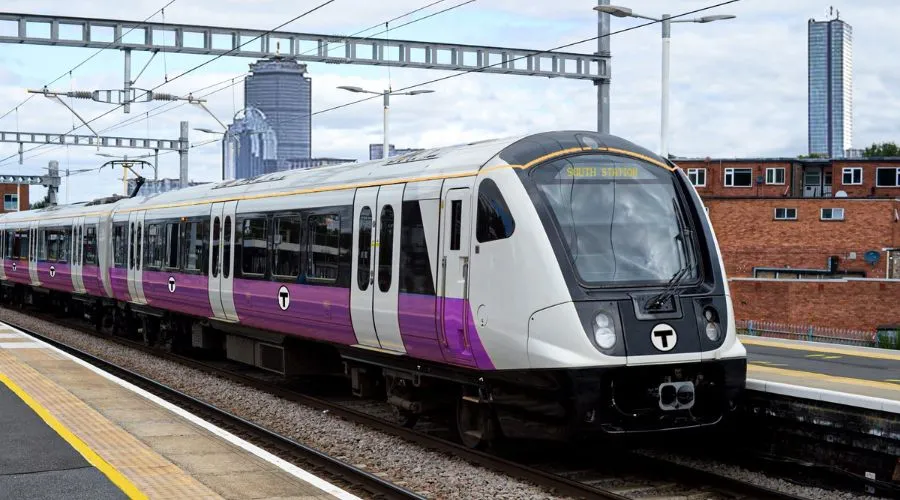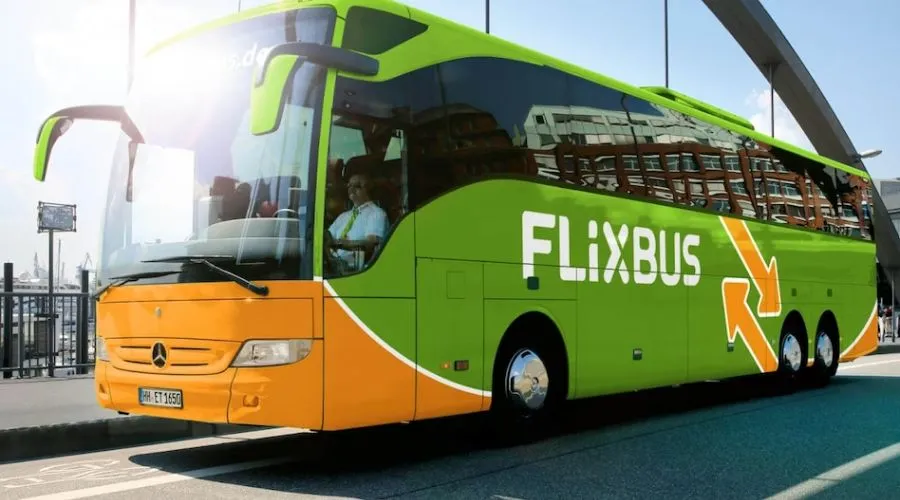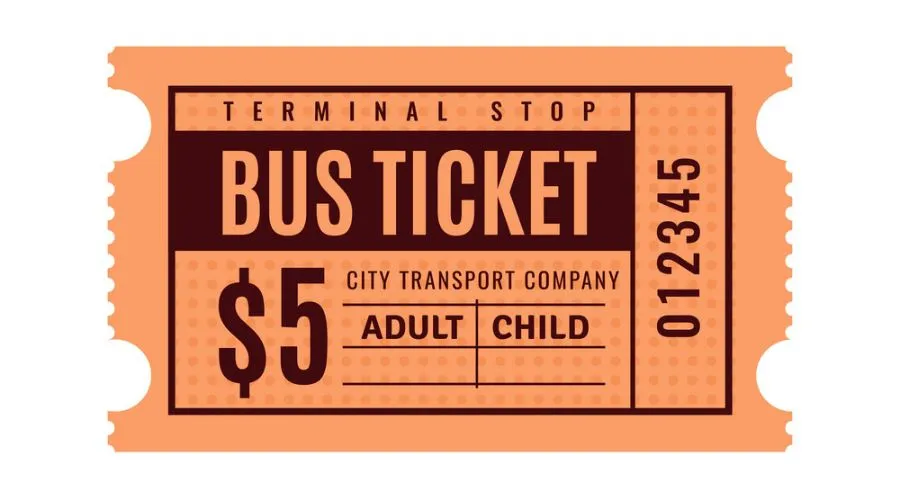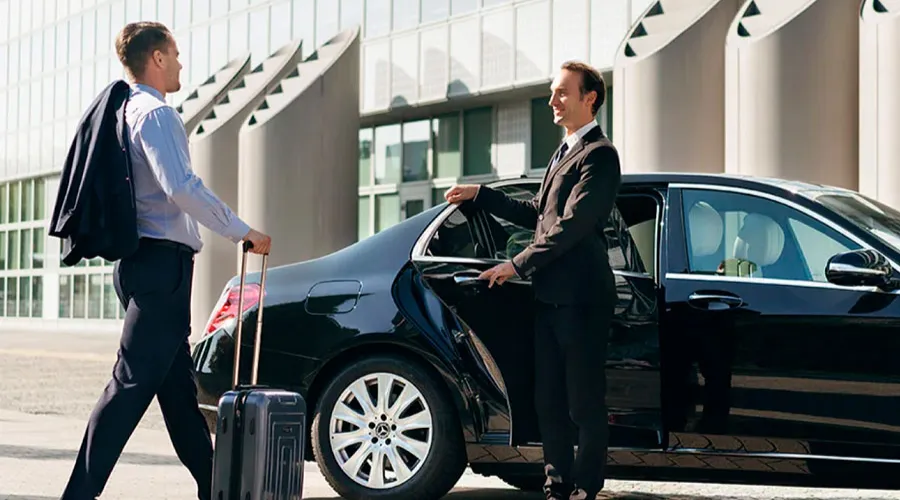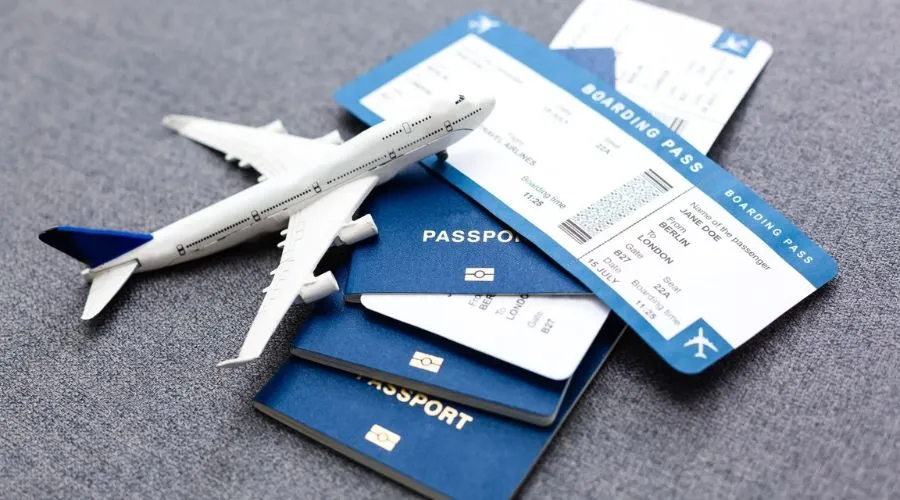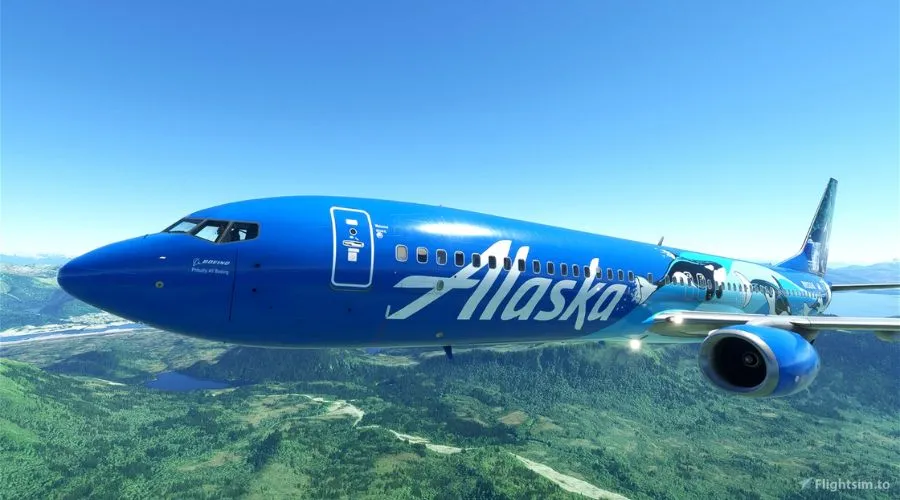
In the vast expanse of the modern world, where distance is no longer a barrier, airlines play a pivotal role in connecting people, cultures, and economies. The aviation industry has evolved into a complex network of carriers, technologies, and services that facilitate seamless global travel. In this blog, we will delve into the fascinating realm of airlines, exploring their history, the technology that keeps them afloat, the challenges they face, and the future they are shaping.
1. The Birth and Evolution of Airlines
The journey of airlines began with humble roots, as pioneers like the Wright brothers dared to defy gravity. The inception of scheduled passenger flights occurred in the early 20th century, with the first scheduled airline service operating between St. Petersburg and Tampa, Florida, in 1914. From the rudimentary biplanes of yesteryears to the sleek, technologically advanced jets of today, the evolution of airlines mirrors the relentless pursuit of innovation in aviation.
1.1 Milestones in Aviation History
As we traverse the annals of aviation history, certain milestones stand out. The introduction of the jet engine in the 1950s revolutionized air travel, enabling faster and more efficient flights. The Boeing 747, often hailed as the “Queen of the Skies,” ushered in the era of jumbo jets in the 1970s, transforming air travel into a more accessible and global phenomenon.
1.2 Rise of Low-Cost Carriers
The late 20th century witnessed the rise of low-cost carriers, challenging the traditional airline business model. Airlines like Southwest in the United States and Ryanair in Europe disrupted the industry by offering affordable fares and no-frills services, democratizing air travel for millions.
2. Technological Marvels: Keeping Airlines Airborne
Behind the scenes, airlines rely on a sophisticated tapestry of technology to ensure the safety and efficiency of their operations. From the design of aircraft to navigation systems and in-flight entertainment, technology is the silent force propelling the aviation industry forward.
2.1 Aircraft Design and Engineering
Modern aircraft are marvels of engineering, designed to be both aerodynamically efficient and structurally robust. Advancements in materials, such as carbon composites, have contributed to the development of lighter and more fuel-efficient planes. The ongoing quest for sustainability has also led to the exploration of alternative fuels and electric propulsion systems.
2.2 Air Traffic Control and Navigation
In the crowded skies, air traffic control (ATC) serves as the guiding hand, ensuring the safe separation and efficient movement of aircraft. Advanced radar systems, satellite navigation, and communication technologies enable precise control and coordination, reducing the risk of mid-air collisions and optimizing flight paths.
2.3 In-Flight Connectivity and Entertainment
The passenger experience has been revolutionized with the advent of in-flight connectivity and entertainment systems. High-speed internet, live television, and on-demand movies have transformed long-haul flights into opportunities for work and leisure. The integration of cutting-edge technologies enhances customer satisfaction and sets airlines apart in a competitive market.
3. Challenges in the Sky: Navigating Turbulence in the Industry
While airlines soar to new heights, they are not immune to challenges. The aviation industry faces an array of obstacles ranging from economic uncertainties to environmental concerns. Understanding and addressing these challenges is crucial for the sustained growth and resilience of airlines worldwide.
3.1 Economic Volatility
Airlines operate in a dynamic economic landscape, sensitive to fluctuations in fuel prices, currency exchange rates, and global economic conditions. Economic downturns, such as the one experienced during the COVID-19 pandemic, can have a profound impact on the financial health of airlines, leading to bankruptcies and industry consolidation.
3.2 Regulatory Compliance and Safety
Stringent regulatory standards govern the aviation industry to ensure the safety of passengers and crew. Airlines must navigate a complex web of regulations, certifications, and audits to maintain compliance. The ever-evolving nature of these standards requires continuous adaptation, often posing challenges for both established carriers and emerging players.
3.3 Environmental Sustainability
The environmental impact of air travel has come under scrutiny, with concerns about carbon emissions and their contribution to climate change. Airlines are increasingly under pressure to adopt eco-friendly practices, invest in sustainable aviation fuels, and explore innovative solutions to reduce their carbon footprint.
3.4 Technological Disruptions
While technology is a boon to the aviation industry, it also introduces challenges. Cybersecurity threats, technological failures, and the integration of unmanned aerial vehicles (drones) into airspace pose unique challenges that demand constant vigilance and innovation.
4. Future Horizons: Navigating the Uncharted Skies
As we gaze into the future, the aviation industry stands at a crossroads, poised for transformative changes. From the development of supersonic aircraft to the exploration of space travel, the possibilities are vast and exhilarating.
4.1 Supersonic Travel
The rekindling interest in supersonic air travel promises to shrink the world even further. Companies like Boom Supersonic and Aerion Corporation are working on the next generation of supersonic jets, aiming to reduce travel times and make long-haul flights more accessible.
4.2 Sustainable Aviation Technologies
In response to environmental concerns, airlines are investing in sustainable aviation technologies. Electric and hybrid-electric propulsion systems, along with the development of biofuels, offer promising avenues to reduce the carbon footprint of air travel and create a more sustainable future.
4.3 Space Tourism and Beyond
The concept of space tourism is no longer confined to science fiction. Private companies like SpaceX and Blue Origin are pushing the boundaries of space exploration, with ambitions to make space travel accessible to civilians. While space tourism is in its infancy, the prospect of commercial space flights could redefine the future of transportation.
4.4 Artificial Intelligence in Aviation
Artificial Intelligence (AI) is poised to play a pivotal role in shaping the future of aviation. From autonomous aircraft to AI-driven air traffic management systems, the integration of smart technologies promises to enhance safety, efficiency, and decision-making in the aviation ecosystem.
Conclusion: Soaring into Tomorrow
Airlines, the lifelines of global connectivity, have weathered storms, overcome challenges, and embraced innovation throughout their storied history. As we stand on the precipice of a new era, the future of airlines holds the promise of faster, greener, and more inclusive travel experiences. Navigating the uncharted skies requires a harmonious blend of technological innovation, regulatory foresight, and a commitment to sustainability. The journey of airlines is not just about reaching destinations—it’s about propelling humanity towards new horizons, fostering connections, and making the world a smaller, more interconnected place. As we continue to soar into tomorrow, the skies remain an open canvas for the limitless possibilities that airlines bring to our ever-shrinking world.




